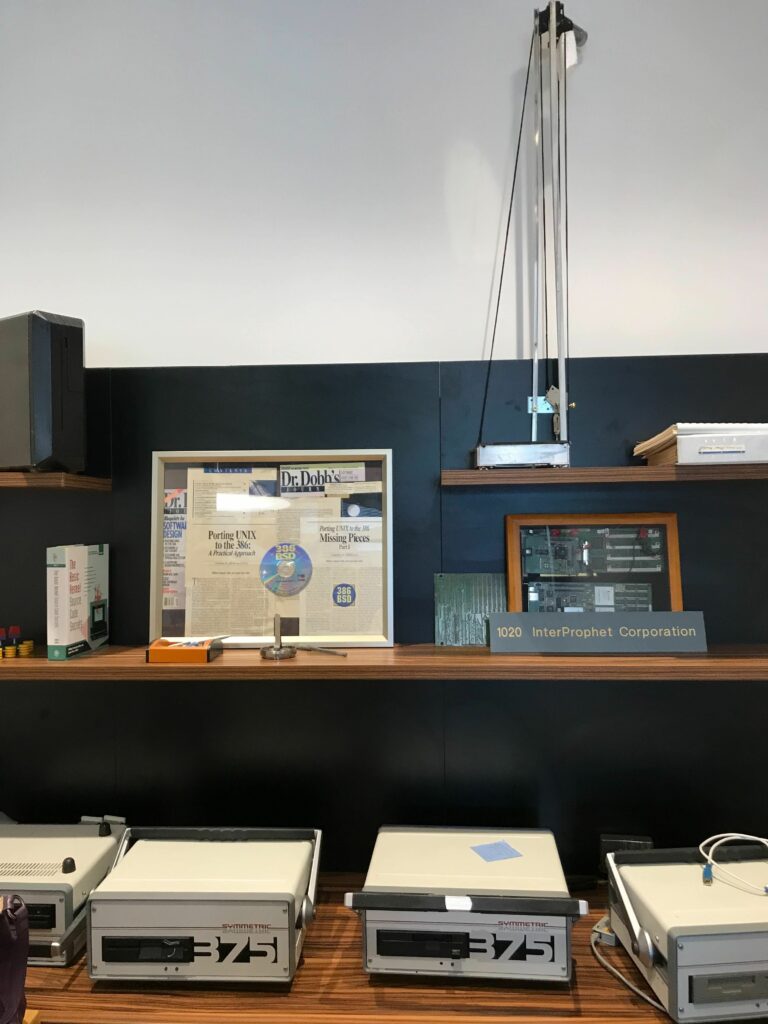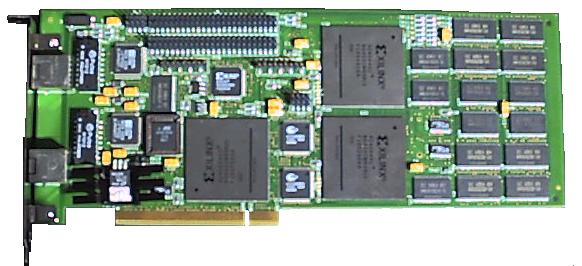Firstly and most importantly, there is a fascinating article about the eels returning to the Sargasso Sea to reproduce in Smithsonian Magazine that I highly recommend reading. Eels have played a part in literature, myth and cuisine for eons, but little is yet known about their life cycle. I wonder how they feel, after living so many years in brackish shoreline and fresh waters, making the long journey back to the salty sea to spawn and die? Do they miss it? Do they want to leave? What do they dream?
From the deep seas to the starry skies, one can learn a bit about crater counting to determine (roughly) geologic events. This technique, first devised for lunar geology, can with caveats be applied to Mars. So what are you waiting for? Count those craters!
Finally, out in Silicon Valley venture land, the crypto fallout continues, with one of the most powerful and ruthless venture firms on Sand Hill Road diving into the foxhole. According to Bloomberg, “Sequoia Capital wrote down the full value of its $214 million investment in FTX only weeks after hailing the founder of the embattled cryptocurrency exchange as a “legend” with a “savior complex.”” Ouch!
This especially must bite all the other investors who in June 2021 let Sequoia lead them down the merry path of a $1B investment round. How times, and valuations, change.
Since then, while man-child Mr. Bankrupt, er, Bankman-Fried, who obstensibly ran FTX and is incidentally the spawn of law professors from Stanford — an investment fund that also runs a university — has been running around begging understanding of his plight, Sequoia decided to handle this disgrace by sacrificing one of their lesser lights to the Gods of Mammon — even though poor Divya Gupta wasn’t even at Sequoia when they led that fateful round in 2021. Heck, he hardly had the chance to get his feet moist, as it were, before things collapsed. Ah well, at least they don’t make them walk the plank anymore (I think).
Partner Alfred Lin, Mr. FTX is Swell, had the pleasant duty of apologizing to their Limited for this debacle, whining that they really really really did their diligence (snort) and that they were misled (hahahaha).
Sure, it’s absolutely commonplace for a little venture firm like Sequoia to not have the resources to conduct proper due diligence of an investment opportunity and its founder, ignore the paperwork, and glad-hand other venture firms using the “Trust me, we’re the smart money” mantra to get everyone else to dive in – NOT.
But they are saying now that they have learned their lesson: “Moving forward, Sequoia partners said they would be more cautious about making substantial investments in companies whose founders they did not have a longstanding relationship with for investments made out of its global growth and expansion funds.”
I guess Stanford is no longer welcome at the Christmas party.
Happy Holidays!






